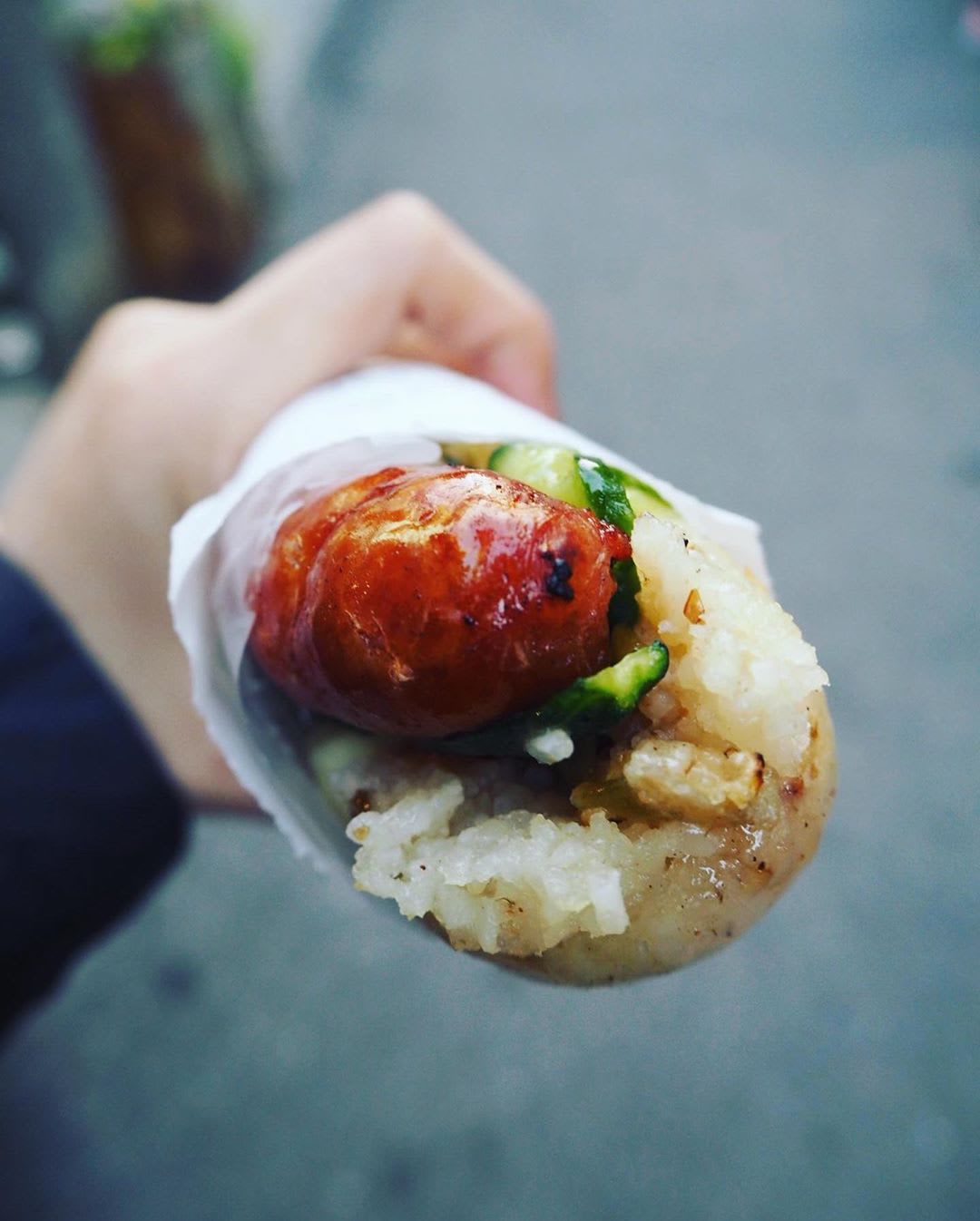All babies are born with some immunity to illness. Even so, it takes time for their brand new immune systems to fully mature. This makes babies susceptible to viral infections, which cause colds.
There are over 200 types of viruses that can cause colds. Luckily, most of the colds your baby gets will help increase their immunity. Even so, their very first cold can be scary for parents.
A baby can catch a cold at any age or time of year. In fact, they may get as many as 8 to 10 a year in their first 2 years. If your little one is around older children, their chances of getting colds may increase.
Common colds in newborns aren’t dangerous, but they can quickly escalate into conditions that are, such as pneumonia or croup. Any illness in a baby under 2 or 3 months old is a reason to call their pediatrician, especially if they’re running a fever.
A stuffed or runny nose may be your first clue that your newborn has caught a cold. Their nasal discharge may start out as thin and clear, but turn thicker and yellowish-green in color over several days. This is normal and doesn’t mean your baby’s cold is getting worse.
Other symptoms include:
- fussiness
- fever
- coughing, especially at night
- sneezing
- reduced appetite
- difficulty breastfeeding or taking a bottle due to nasal congestion
- trouble falling or staying asleep
Colds in newborns have some of the same symptoms as other illnesses, such as the flu, croup, and pneumonia. This can make the diagnosis at home more stressful for parents.
Flu
If your newborn has the flu, they may have chills, vomiting, and diarrhea in addition to common cold symptoms. They may also have symptoms you can’t see and that they can’t tell you about, including headache, muscle or body aches, or sore throat.
Pneumonia
A cold can advance to pneumonia quickly. Symptoms include:
- shakes
- chill
- flushed skin
- sweating
- high fever
- abdominal pain or sensitivity
- worsening cough
- rapid breathing or difficulty breathing
Croup
If your baby’s cold escalates to croup, they may have difficulty breathing, hoarseness, and a barking cough. They may also make squeaky breathing sounds that sound like wheezing.
RSV
Respiratory syncytial virus (RSV) is a serious cause of the respiratory infection that can affect people of all ages. But it is particularly serious for babies because their airways are not fully developed.
Learn more about RSV in babies.
Bronchiolitis
Babies are frequently hospitalized with bronchiolitis, an inflammatory respiratory condition that affects the smallest air passages in the lungs (bronchioles). It’s the most common cause of hospitalization in newborns. Viral bronchiolitis is often caused by RSV.
Another name for a common cold is a viral, upper respiratory infection. They aren’t caused by bacterial infections and don’t respond to antibiotics.
Your baby’s pediatrician may take a blood test, urine test, or an eye or skin swab to determine if your baby’s illness is viral or bacterial. Bacterial infections sometimes develop as complications from viral infections. They can also cause illnesses, such as:
- pneumonia
- sore throat
- ear infections
Colds in newborns aren’t unusual. The viruses which cause them can live in the air and on hard surfaces for short periods of time. That makes it possible for the transmission to occur with or without direct contact with someone who’s sick.
Babies who are around older children may be more likely to get colds. But even a trip to the pediatrician’s office, a cuddle with a loving adult, or a stroll to the store can expose your baby to germs.
Breastfed babies have more immunity rested than babies exclusively fed formula. This is because breastfeeding supplies antibodies, white blood cells, and enzymes to your baby. These agents safeguard them from infection.
Breastfed babies have all, or part, of their mother’s immunity to the illnesses she has had or been exposed to. This doesn’t, however, mean breastfed babies are completely immune from colds.
A baby under 2 or 3 months old should be seen by a doctor if they have a cold. This will help safeguard against a more serious condition, and will also put your mind at ease.
Fever is one way your baby’s body works to fight off colds. Even so, a fever of 100.4°F (38°C) or higher in a baby who’s under 2 or 3 months old warrants a call to the doctor.
You should also call your doctor if your older baby, between 3 and 6 months, has a fever of 101°F (39°C) or higher.
No matter their age, a fever that persists for more than 5 days warrants a call to the doctor and likely a visit.
Keep an eye on all of your baby’s symptoms. They should see a doctor if they have any of the following symptoms:
- rash
- vomiting
- diarrhea
- persistent or croupy cough
- odd, unusual-sounding cry
- trouble breathing
- retractions — when the areas below and between the ribs and in the neck sink in with each attempt to inhale
- thick green mucus or bloody mucus from the nose or mouth
- fever for more than 5 to 7 days
- rubbing their ear, or other sign of physical discomfort or pain anywhere in their body
- signs of dehydration, such as not wetting as many diapers as they usually do
- refusal to nurse or take a bottle
- bluish tinge around nail pads or lips
You know your little one best. If they just don’t seem like themselves, call their pediatrician so you can rule out anything more serious than a cold. That’s what the doctor is there for.























